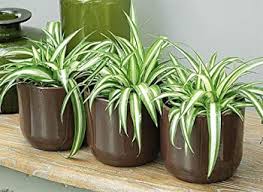
Almost every summer for the past seventeen years, my family has descended on the berry bushes that grow abundantly in our area to gather the delicious fruit they offer. From the time they have been old enough, my children learn to help pick blackberries.

Usually, when they first begin, they eat more than they put in their baskets, their little faces showing the telltale purple streaks. As they get older though, they begin to realize that the more berries they bring home, the more jars of delicious blackberry jam end up in the cupboard to be enjoyed throughout the year. They also know they will be tasting the fruits of their labors in Thanksgiving pies and in cobblers.

I have realized that there are other benefits to this activity than just yummy berries. If you have ever tried to pick blackberries growing wild, you will know it is not easy. They tend to ripen in the hottest part of summer. This means that unless you want to pick in the heat, you have to get up early. Not only do the bushes have thorns, but they grow long “guard branches” over the main part of the bush which produces the berries. You have to either stomp this down, or cut it back. No matter how cautious you try to be while picking, inevitably a thorn will prick your hand. The benefits from all these hardships come in the form of learned tenacity.

Jesus never promised us an easy life, in fact, He promised us that we would have troubles. In the Bible, Paul even described his trouble as a “thorn in his side.” When my kids learn how to overcome the discomfort of blackberry picking, it can empower them to overcome the other “thorns” they encounter in life.

Picking berries also teaches persistence. Like most things in life that happen a step at a time, we fill our baskets one berry at a time. There is simply no way to grab handfuls of berries, no short cuts. This helps them learn skills that translate into areas such as learning to save money a little at a time or how to keep at a large task until it is completed.

The children also learned how to motivate themselves each year by setting goals of how many baskets they want to pick. My family is extremely competitive so goals are a huge motivator for us. I have watched my children use this skill of goal-setting in so many other areas of life.

I am so thankful that God has allowed these plants to grow and provide my children with not only delicious fruit, but fruit of character which will last far longer than the jars of jam on our shelves!
“Let us not become weary in doing good for at the proper time we will reap a harvest if we do not give up.” Galatians 6:9

























